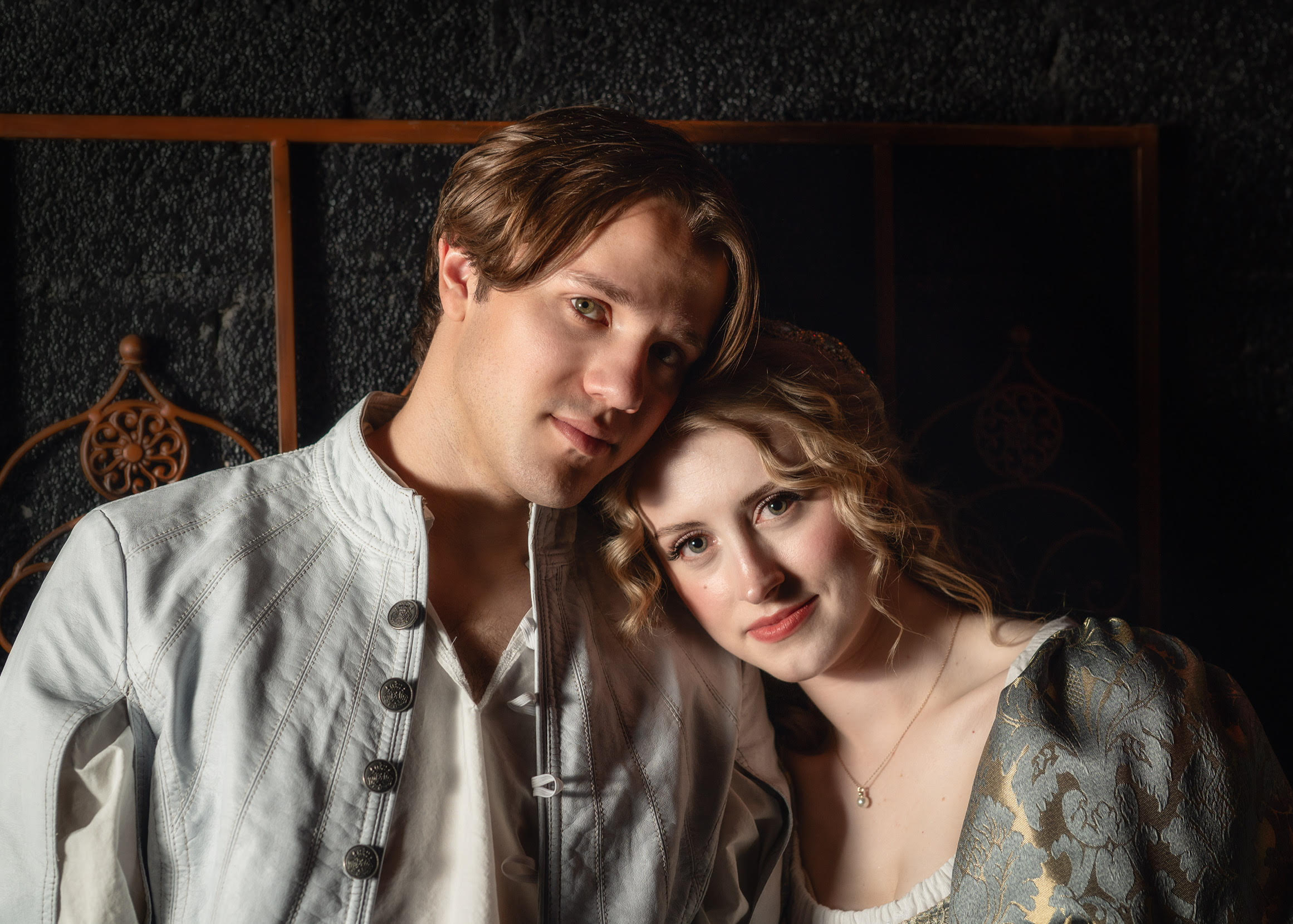SOUTH SALT LAKE — For centuries, Romeo and Juliet has been an entrance point for many to the works of William Shakespeare. Director Brinton Wilkins explores this in his director’s note, in which he credits the longevity of this work compared to others of the age to, “beautiful language, the humor, and the excitement of youthful romance.” He further explains, however, that the story’s ultimate weight comes not from the star-crossed lovers doomed marriage as much as the rivalries of feuding houses and hate-filled divisions that lead to their tragic downfall. I get that. This year alone, I have seen three productions of Romeo and Juliet this year including Actors from the London Stage hosted by BYU and the production at Utah Shakespeare Festival. However, much like Friar Lawrence’s note to Romeo, I’m afraid that the director’s note never reached the actors in this production of Romeo and Juliet. The production of Parker Theater’s Romeo and Juliet I saw on the night of Saturday, August 5, struggled for not consistently doing the exact things the director stated in his note to the audience.
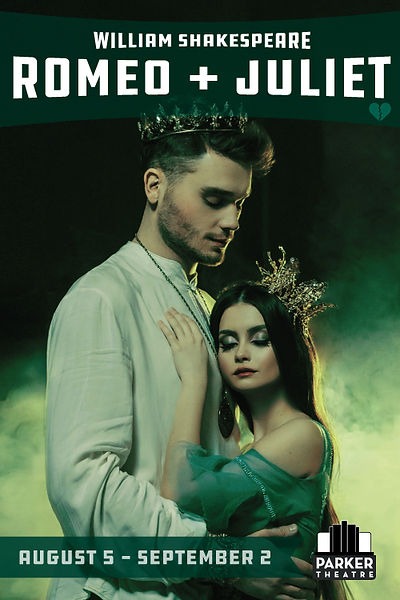
With Shakespeare, the struggle and the triumph come from making the text comprehensible to a modern audience. The show’s opening sequence struggled with this. In an action-packed round of swordplay with a thrumming drum beat underscoring the scene, it was impossible to understand what the actors were fighting about. Much of the first half included actors nearly sprinting and dancing around the space with precious little time to stand and deliver. It left so many moments, particularly in the first half, feel unsettled and rushed. Well trained actors differentiate between speaking loudly or shouting dialogue and projecting it. Most of this cast did the former when the latter is the goal. One particularly jarring moment included Balthazar (played by James Carter) entering to tell Romeo (played by Dallin Suman) with the news that Juliet was dead. Roemo excitedly badgers Balthazar with the news and Balthazar, clearly grieved, delivers the line, “Her body lays in Capul’s monument!” at nearly a scream. It was a major shift from his somber face, but was in line with many other moments in the show that simply did not land.
There were also odd vocal choices, such as the prince falling in and out of a British accent, but being the only character to do so. I was similarly confused how true to the text the cast had been instructed to be as the play was filled with modern ad-libs, and newly added scenes that had language which was Shakespeare-adjacent, but clearly not in line with the rest of the iconic text. For much of the play, I felt like the Shakespearean dialogue was unclear or shouted, while modern ad libs would break the illusion of the world of the play consistently.
These choices to add new sequences and play with previously unwritten story elements had great potential, but shifted the focus of the play. Tybalt was written to be more pronounced character. He has a scene where he and Juliet laugh and play, and there’s a clear romantic chemistry between Tybalt and Juliet’s Nurse. While the text added this interesting wrinkle, Zachary Ballard’s Tybalt was lacking in nuance. He was gentle with Juliet and the Nurse, but stormed the stage as a rage-fueled lunatic the rest of the play until his bitter death. Ballard also used an incredibly unorthodox sword stance where he seemed to be protecting his throat with his forearm.
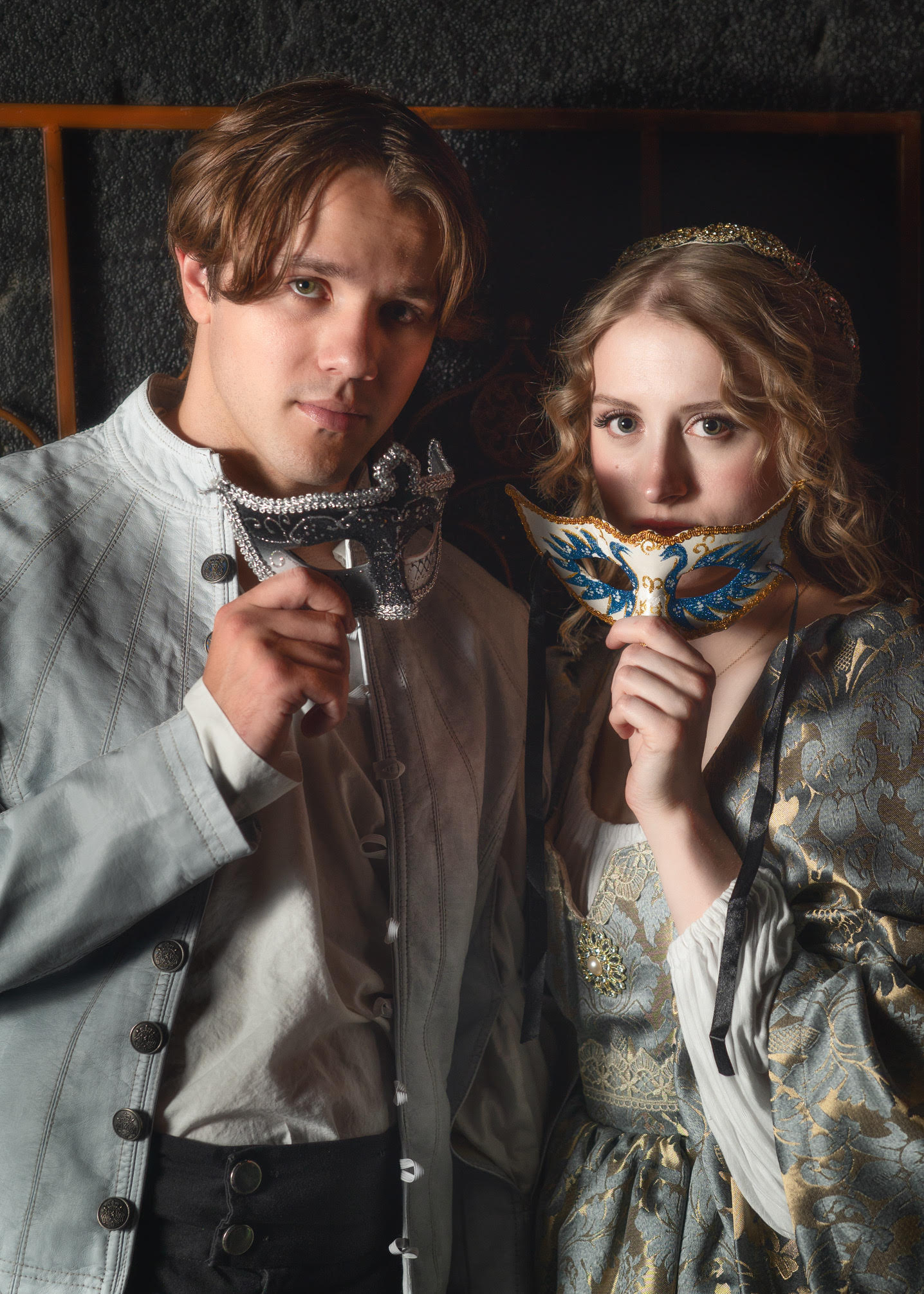
One of the more captivating characters was the Nurse played by Madeline Thatcher. She played with the text and brought much needed natural humor. Many moments in the first half included characters forcing laughter to show levity and contrast to the play’s heavier second half. Thatcher, however, was usually genuinely amusing. Her banter with Romeo’s friends was cutting and pointed, and she usually had a strong sense of the moment. She several times referred to Mercutio as a scurvy knave and had a different intent and inflection at each time. I would have loved to see her refrain from so many ad libs in emotional moments where it felt like she needed desperately to say something, but otherwise, it was a strong performance, and her chemistry with Juliet (played by Isabelle Purdie) was particularly strong.
Purdie brought a restraint to Juliet that I had not seen before. Her interactions with Paris (played by Michael Kelly) were suitably cold, but she seemed to hold back with Romeo as well. When the two discuss pilgrims and saints as he tries to kiss her, Purdie’s reservation seemed almost prudish in her rejections of him. Later in the balcony scene, she appeared to be more open and affable, though whether those smiles came from being blinded by the light as she entered the balcony or from her delight at seeing her counterpart was hard to say. This text aged her up to eighteen, and that maturity and thoughtfulness showed in Purdie’s portrayal, but at times made it hard to believe that she was truly smitten with Romeo.
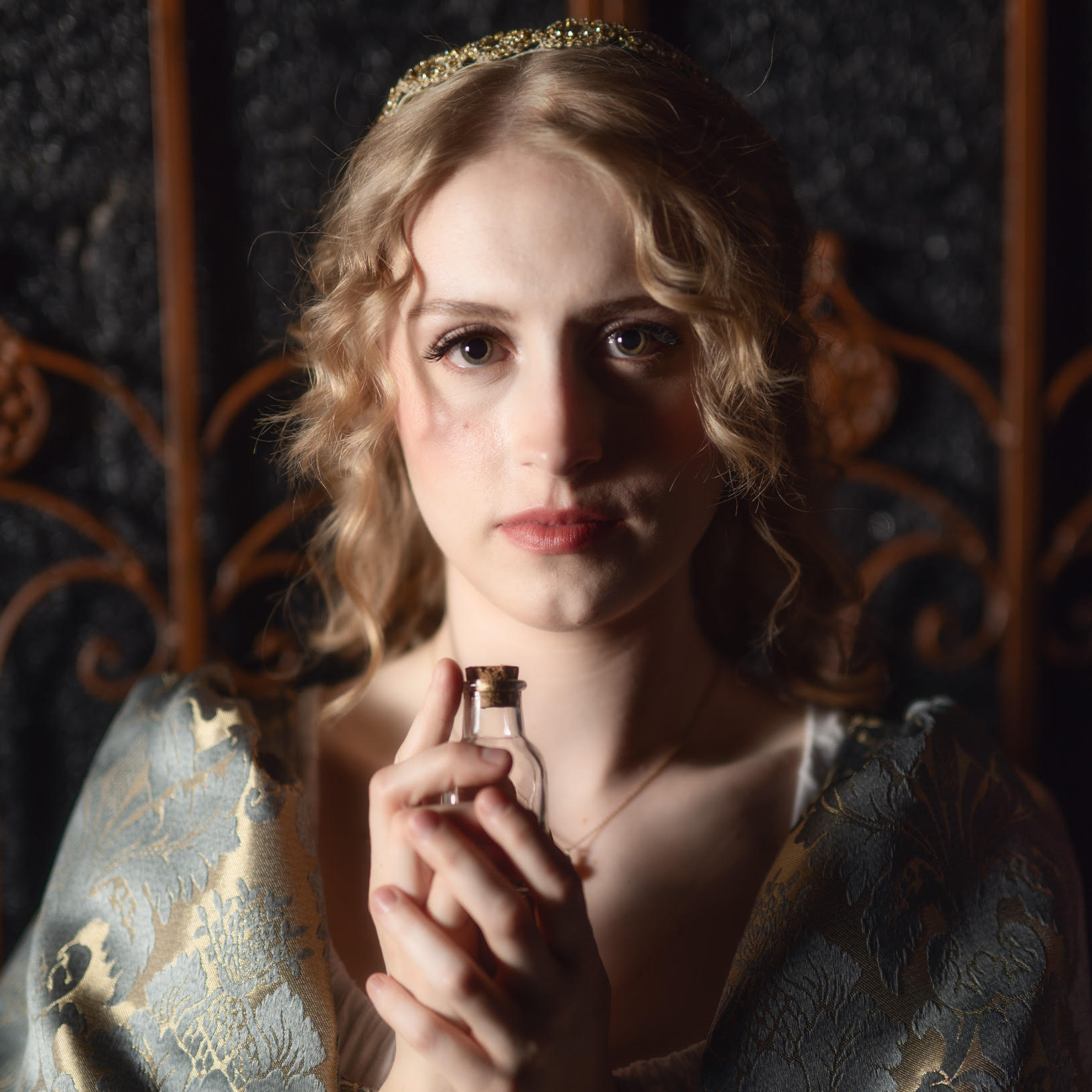
In like fashion, I had a hard time believing much of Suman’s portrayal of Romeo in the early stages of the play. When he spoke about moping for Rosaline, Suman had a winsome smile. At times he would deliver lines with inflection, but his inflection seemed to indicate that he did not know quite what the strong point of the line was. Suman’s performance became more connected to the text in the second half, but there was still a lot of movement and volume without a lot of earned emotional investment.
In the play’s closing scene, I had some of my strongest concern with the treatment of the show. After the deaths of Romeo and Juliet, the families are gathered. A scene was added to this play where Romeo’s mother dies and a grieving Montague kneels by his son’s side. The prince and friar both explain how the play got to that point and Capulet seems to apologize and sorrow, but only with his wife. Usually Montague has a line that says he intends to commission of “statue of pure gold” to honor Juliet. Instead, this production has Montague say nothing, but glare in his own seething at all he has lost. I had no reason to believe, despite the destruction, that the division was going to end. This was a directing moment for Wilkins that needed to land to tie the production to communicate his vision, and instead, it seemed to reinforce what so many other choices in the production did: that this was a tragic love story, not a healing of ancient feuds.
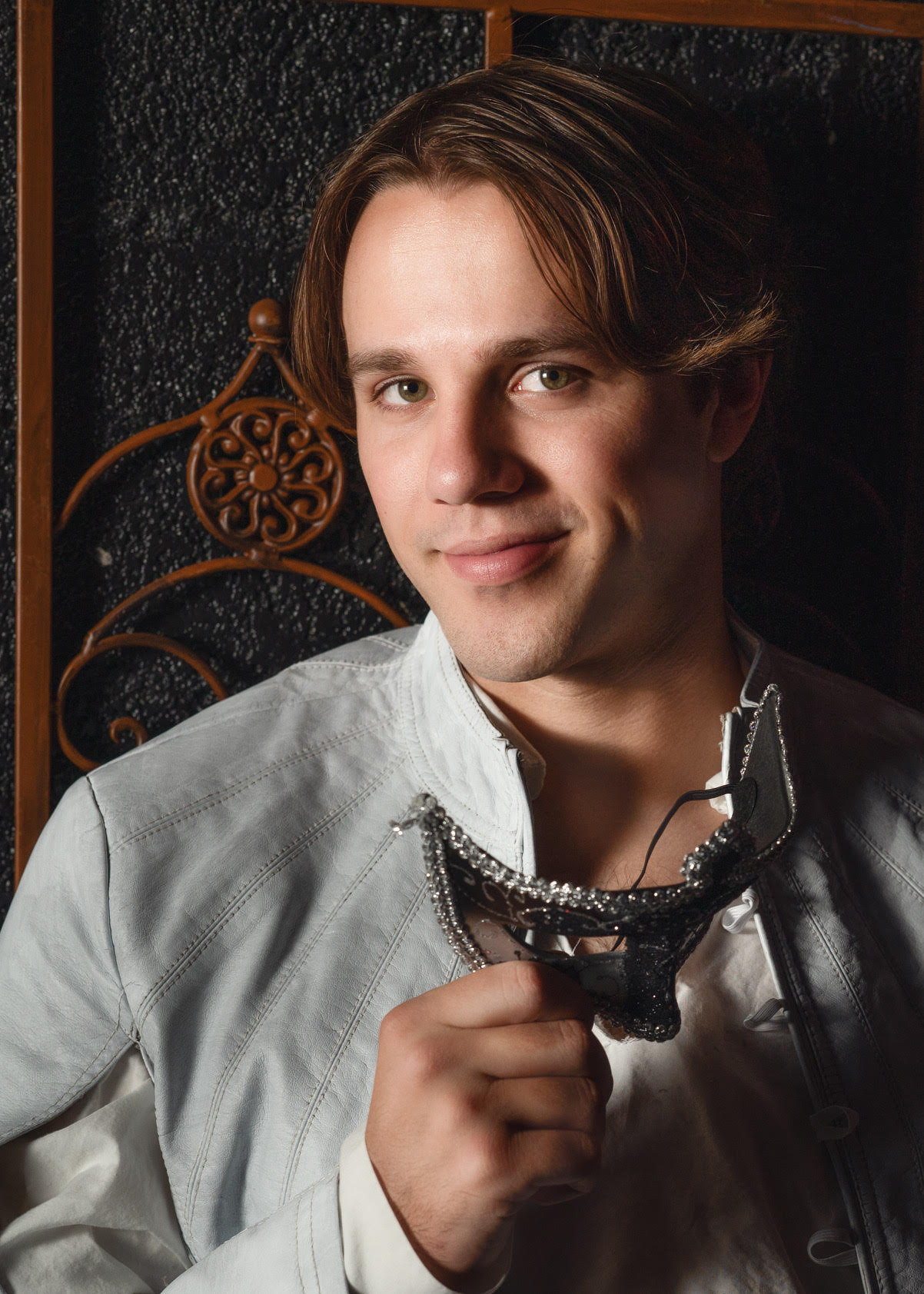
I would be remiss to fail to praise a dynamic and beautiful technical design. I loved the many leveled arches and pillars that gave space to so many creative staging moments. This was a show that I would pay for the production photos of because so many staged moments individually were stunning. The set and lighting design by James Parker were, once again, impressive in their ability to give space for the story to happen and create picturesque moments. The craft that Parker puts into each show is a hallmark of so many successful Parker Theatre productions and Romeo and Juliet is no exception to this.
Writing this review is tough because up to this point, I have raved about nearly every production I’ve seen at Parker, including last year’s A Year With Frog and Toad and The Pumpkin Giant. I even deeply appreciated Wilkins’s direction last year in the Parker Theatre’s Hamlet, which took some of the same creative liberties as this production. The difference was simply that this production failed to live up to other fabulous Parker Theatre productions. Romeo and Juliet simply is not cohesive yet. The first half needs to take itself a little more seriously, while the second half to find its footing. If that occurs, then the production will like up to the goals that Wilkins set forth in his director’s note.
[box]Romeo and Juliet plays Fridays at 7:30 PM and Saturdays at 3:30 PM and 7:30 PM at the Parker Theatre (3605 South State Street, South Salt Lake) through September 2. Tickets are $18-27. Fore more information, visit parkertheatre.org.[/box]

